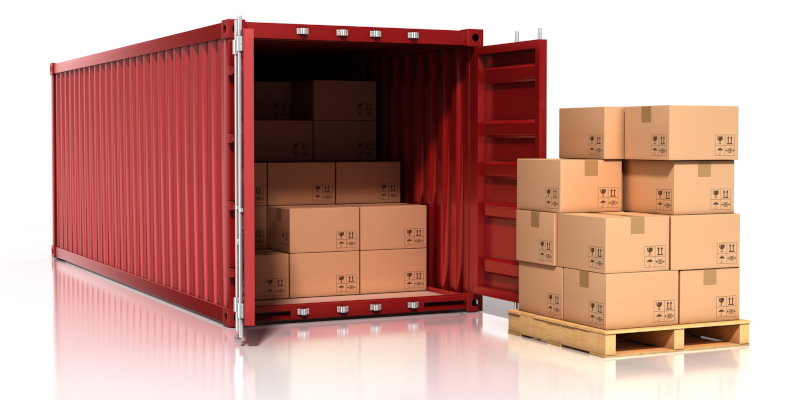No matter what kind of freight you’re transporting, planning ahead is the key to successful container loading and unloading. If you’re still figuring out all the finer details of running a business and loading your own freight, here are a few tips to help you get started.

1. Identify What Kind of Freight You Have
Successful container loading can’t start until you know what you’re loading. Perishable items need to be shipped in a refrigerated container, while some especially large or bulky items won’t fit in a traditional container at all and have to be loaded on a flat rack container.
So, the first step in container loading is knowing what your freight consists of and what types of containers you’ll need to transport it safely and in accordance with shipping regulations.
2. Load the Container Effectively
Shipping containers have limited space, so strategically maximizing the amount of freight you can ship in each one is an essential part of container loading. Freight that is floor loaded or stacked as closely as possible without the use of pallets, for example, can make use of much more space than freight secured on pallets.
3. Remember to Secure the Freight
Even if you aren’t shipping delicate glass plates, you want your freight to arrive at its next destination in one piece. So, you need to make sure your freight is packed carefully and won’t slide around. Using bubble wrap inside your packing cartons and securely strapping the boxes in place are two good container loading practices to protect your freight.
